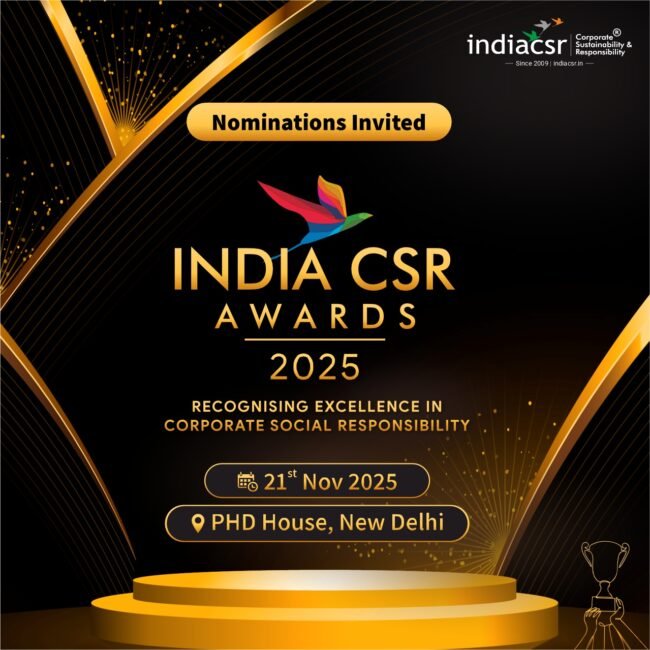ike most other things at German engineering behemoth Siemens, corporate social responsibility (CSR) initiatives are part of a well organized whole. Whether it is deciding on what areas to focus on, how to implement programmes to tracking progress, there’s a great deal of German precision planning at work.
Siemens launched a global sustainability programme ten years ago which each country would have to adapt as per the local needs and requirements. While Siemens India did support certain causes in the past, there wasn’t much clarity in terms of what areas they would focus on.
So, the company went to its employees and asked them to list the key areas they wanted the brand to be identified with. Based on this, and in keeping with the UN Millennium Development Goals and the National Development Goals, three broad areas were selected – education and science, social, and environment.
This was further broken down into supporting universities, promoting technical and science education, enhancing living conditions, primary healthcare support and health education, disaster relief, greenhouse gases and reuse and recycle.
Sunil Mathur, Managing Director & Chief Executive Officer, Siemens India says, “There are tremendous needs in the country but we wanted to do something our employees felt strongly about. We could give money to an NGO and tick it off the list but we wanted to do something that would be sustainable.”
This forms the basis of all the CSR initiatives at Siemens. “When you see Siemens you see technology and innovation but you are also looking at a highly ethical green company that shares values irrespective of which part of the world you are in,” says Mathur.
Amle village in Maharashtra was selected as the model village for Project Asha. Siemens employees, in collaboration with an NGO, Aroehan, worked to set up basic amenities like water, electricity, healthcare and education in this hamlet located just 130 kms away from Mumbai.
Siemens has set up a 12KW off-grid solar power station which finally brought electricity to the village. This has changed the way the typical day was structured, from kids being able to study after dark to water being pumped into homes and fields for irrigation. Villagers are being trained in how to run these facilities, as well as being taught how to farm all year round so that there’s no need to leave the village looking for jobs. “The idea is to help the village become sustainable on its own and then expand it to other villages in the district,” says Mathur.
The next step would be to assess the needs and requirements of 16 other villages in the region and work on changing the entire ecosystem by bringing all of them to the same level of development. It’s a long drawn process but Siemens is committed to see it through to a level where the villages become selfsustainable before moving onto other districts.







